Next week, as leaders from Europe and North America gather in The Hague for the NATO summit, discussions will once again revolve around familiar themes: burden-sharing among allies and defence spending targets. Participants will compare efforts, report on rising budgets, and perhaps reaffirm their commitment to a shared benchmark—defence expenditures amounting to five percent of GDP. The emphasis on numbers is understandable: the United States, and President Donald Trump in particular, have been pressing Europe for greater financial contributions. Yet this focus leaves a deeper question unanswered: if defence budgets are growing, who is actually responsible for Europe's defence?
Shifting responsibility from Washington to Europe’s allies will require more than just additional spending. NATO must rethink its leadership structure and accountability mechanisms. For over 75 years, the alliance has rested on an implicit understanding: the United States leads, Europe follows. The most visible expression of this arrangement remains the fact that the alliance’s top military post—Supreme Allied Commander Europe—has always been held by an American general.
During the Cold War, this arrangement was justified: the United States played a central role in safeguarding Europe, and it made sense for an American general to lead the alliance. But today’s strategic environment is different, and domestic political trends within the United States suggest that Washington’s traditional role in NATO is unlikely to endure. Europe must now assume the mantle of leadership—which means the position of Supreme Allied Commander Europe should, for the first time, be held by a European.
Not long ago, such a proposal would have seemed fringe. For most European NATO members, it still does. Nevertheless, as NBC News has reported, the Trump administration considered relinquishing the SACEUR role as part of a broader effort to restructure and cut costs. In preparing for the summit in The Hague, the U.S. ultimately chose to retain command—but that cannot remain the case indefinitely. The time has come to begin the transition: this summit should mark the starting point for appointing a European as the next Supreme Allied Commander.
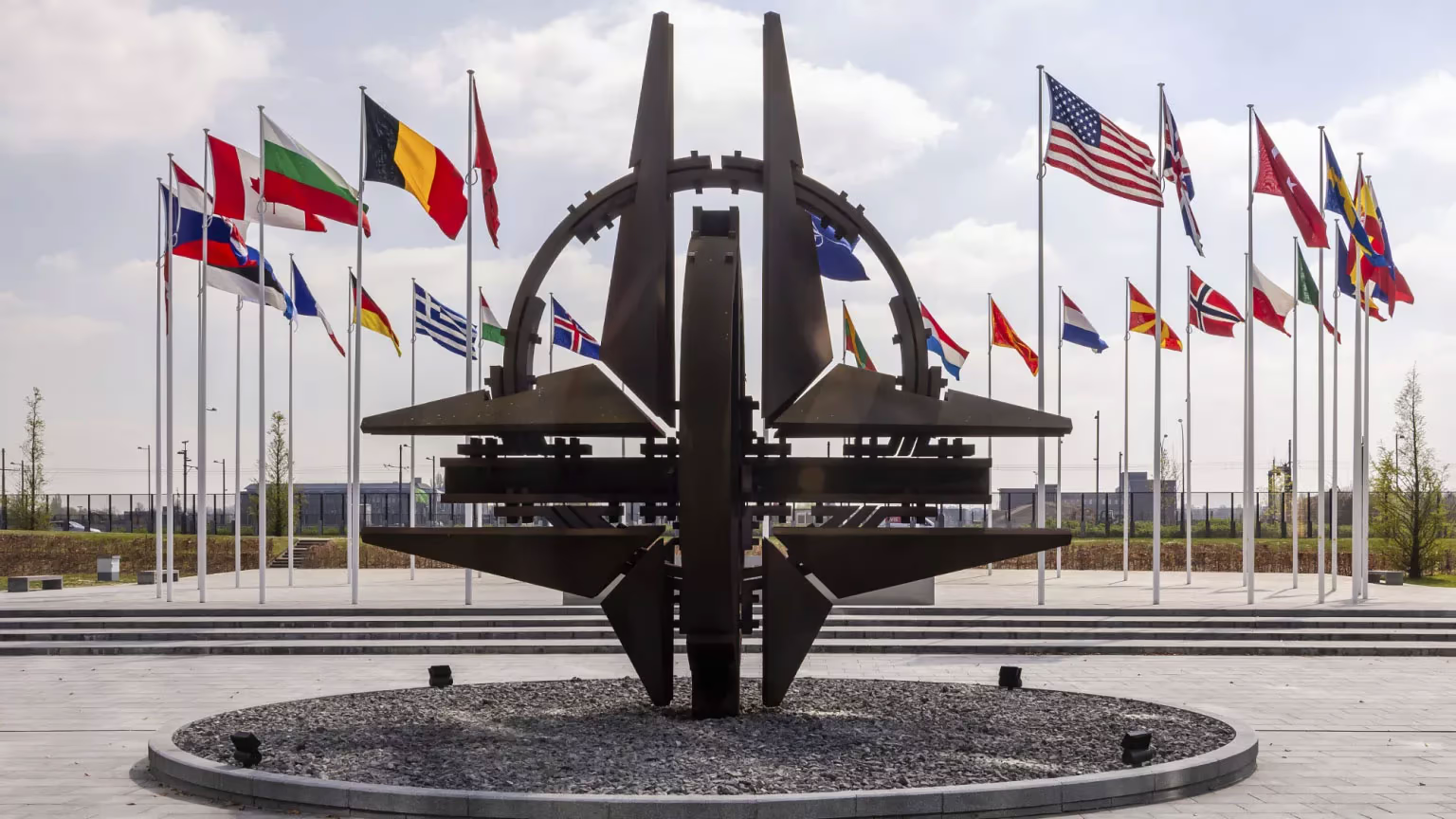
Opponents of handing command to a European raise a number of concerns. Among them are legal and institutional complexities, including the question of whether a European general can formally lead tens of thousands of U.S. troops stationed on the continent; doubts about whether America's nuclear deterrent in Europe would remain as credible to potential adversaries without direct command from Washington; and broader worries about Europe’s readiness to assume such a responsibility.
Yet for each of these challenges, practical solutions exist—and now is the right time to begin putting them into action.
The American Era Is Ending. Europe Must Take Responsibility
The original transatlantic arrangement was based on a reality that made sense in the mid-20th century: American dominance and European vulnerability. In 1949, Europe lay in ruins, and the United States provided not only military leadership but also economic recovery and political stability. NATO’s command structure still reflects that historical imbalance. But the world has changed—and the persistence of the old hierarchy prevents Europe from assuming its rightful role in safeguarding its own security.
Today, the combined economic strength of NATO’s European members far exceeds that of Russia. Despite disparities in readiness and critical shortfalls, Europe’s armed forces are receiving increased funding and entering a phase of reform. The nature of threats has also evolved: in the face of modern challenges, it is Europe—if equipped with the right mechanisms and political will—that both can and must lead.
Meanwhile, the United States is shifting its strategic focus toward the Indo-Pacific. In Washington, a bipartisan consensus has emerged: China poses the foremost long-term threat to U.S. interests. As a result, American resources and political attention are increasingly concentrated on the Pacific.
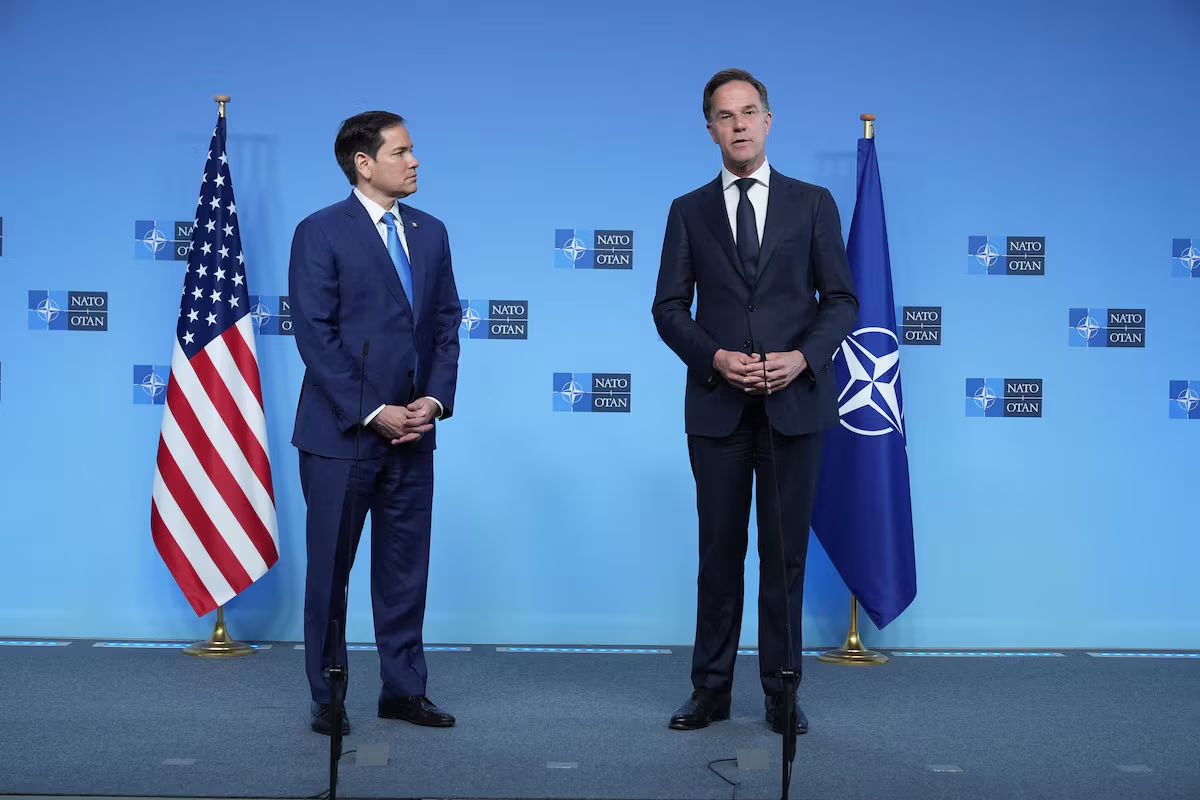
U.S. Secretary of State Marco Rubio and NATO Secretary General Mark Rutte in Brussels. April 3, 2025.
Perhaps an even more consequential shift is taking place within American society. A growing number of Americans believe that Europe should be able to defend itself. The rise of the “America First” movement, led by Donald Trump, and his repeated threats to withdraw protection from Europe send an unmistakable message: regardless of what European governments do, the era of U.S. leadership on the continent is rapidly coming to an end.
European leaders now face a choice: prepare for a redefined U.S. role in the alliance—or continue to depend, precariously, on a partner whose attention is increasingly elsewhere. Appointing a European as Supreme Allied Commander of NATO would be a meaningful step toward greater strategic autonomy. It would serve not merely as a symbol but as a practical demonstration of Europe’s readiness to take responsibility for its own defence. This is not about excluding the United States from the alliance, but about moving from American command to equal leadership.
Such a reshuffle could find support in certain circles within the American establishment—particularly outside the military command structure. As the United States increasingly redirects its strategic focus and resources toward the Asia-Pacific region, stepping back from its leadership role in Europe would allow Washington to remain part of NATO while shifting more responsibility onto its allies. U.S. nuclear deterrence could still extend to Europe, but the political and strategic weight of command would move—to where the core of European defence is now being shaped.
Command Without Washington: Is It Feasible?
Today, the Supreme Allied Commander Europe also holds a second title: head of U.S. European Command, overseeing all American forces on the continent. This dual role creates a direct link between U.S. forces and NATO’s overall command structure. Appointing a European commander would break that connection: a European general would not have formal authority over American troops. In a crisis, this could pose risks—the commander would be required to coordinate with U.S. political leadership before deploying American forces.
But these challenges are not insurmountable. NATO has previously adopted hybrid command models—such as those used for the International Security Assistance Force in Afghanistan. One possible arrangement would be to grant the European commander operational authority within NATO, while appointing an American general as deputy—retaining control over U.S. forces, managing nuclear coordination, and ensuring compliance with U.S. law.
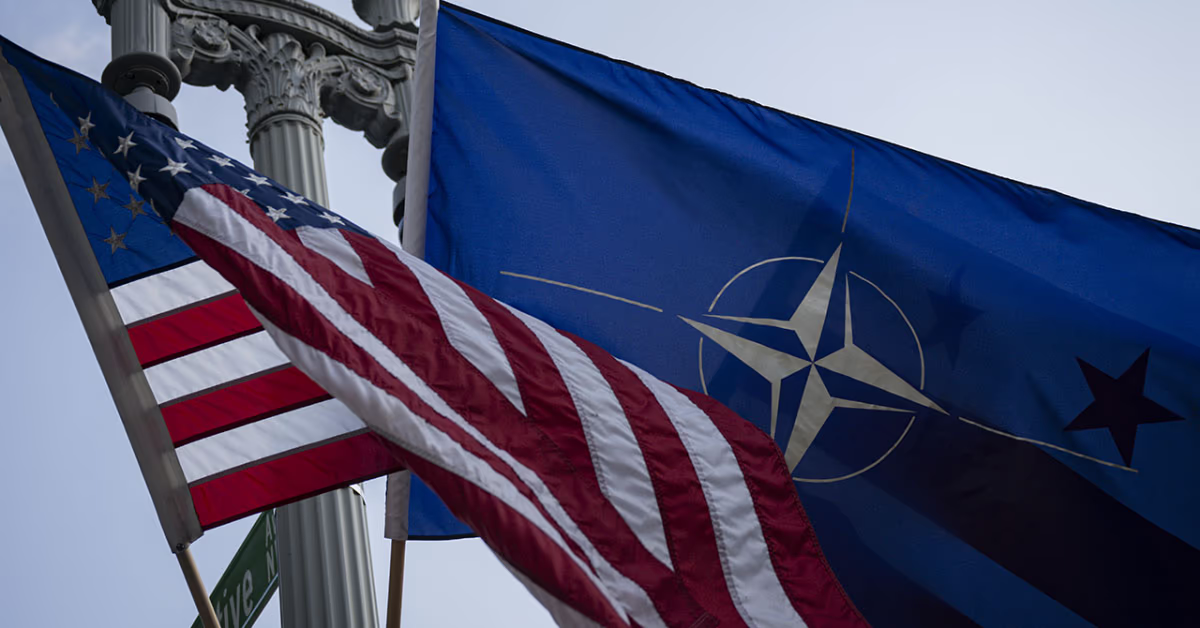
Some argue that only an American officer can effectively command American troops. Yet history suggests otherwise. U.S. forces have repeatedly served under non-American commanders—in UN operations in East Timor and Lebanon, NATO missions in Kosovo and Afghanistan, and the EU mission in Bosnia. As in those cases, a European commander could provide operational leadership within NATO, while the United States retained ultimate authority over its own forces.
A clearly defined structure granting the American deputy a formal role would ensure compliance with U.S. legal requirements while preserving a unified chain of command within the alliance.
Concerns over nuclear deterrence are largely overstated. Critics claim NATO’s adversaries would not believe that a European Supreme Commander’s call for nuclear use would be honoured by the U.S. government. In reality, deterrence relies not on the commander’s nationality but on the alliance’s political resolve and the clarity of its procedures.
That credibility can be fully maintained under a European SACEUR—provided responsibilities are clearly delineated: the European commander would oversee conventional operations, while nuclear matters would remain under exclusive U.S. control through the deputy commander. NATO’s protocols governing nuclear use would remain unchanged.
Thus, even with a restructured chain of command, NATO’s adversaries would understand that the alliance’s nuclear deterrent remains intact—and its foundation remains solid.
Another objection centres on the claim that Europe lacks an officer with the requisite experience and qualifications to serve as NATO’s Supreme Allied Commander. American generals and admirals are groomed for years, commanding tens of thousands of troops and leading multinational operations and combat structures such as U.S. European Command. No European officer has commanded at that scale. For example, no British general has led even a single deployed division—typically 10,000 to 15,000 troops—since the Iraq War in 2003.
This concern is not without merit. But the only path to building European experience is to entrust Europeans with responsibility. To argue that Europeans are no longer capable of leadership at that level is to consign NATO to permanent American stewardship. And the United States will not shoulder that burden forever. Sooner or later, leadership must evolve—and Europe’s military officers must be given the opportunity to rise to the challenge.
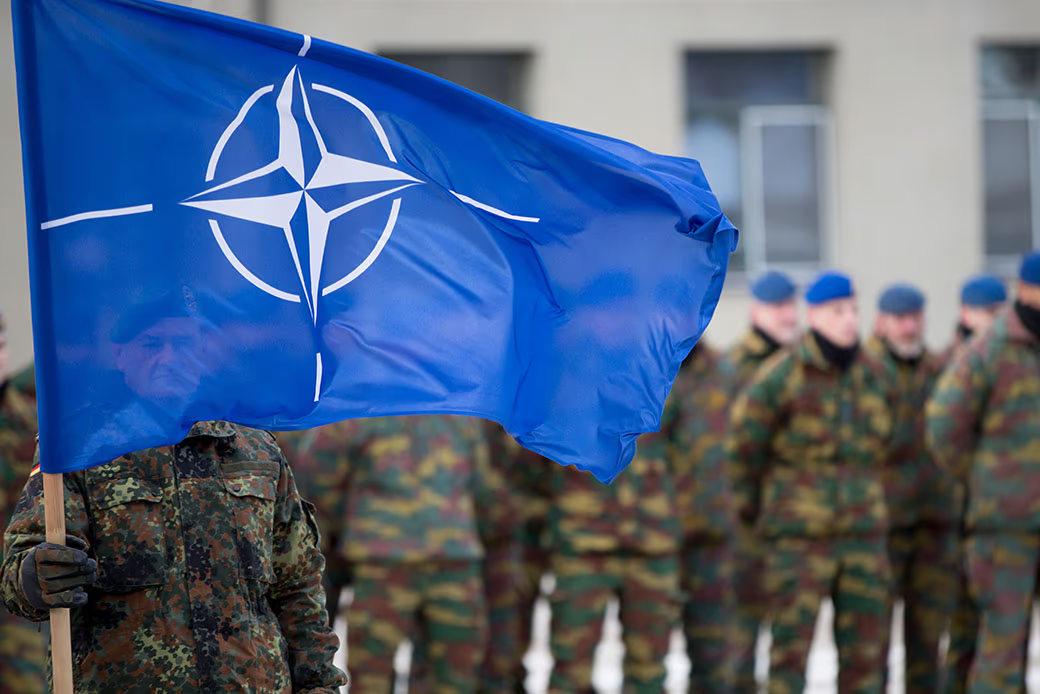
Such a transition need not be abrupt or urgent. On the contrary, it can be structured in stages. The current SACEUR, U.S. General Christopher Cavoli, assumed the post in July 2022 and is expected to hand over command this summer—likely to U.S. Air Force Lieutenant General Alexus Grynkewich. That moment could mark the beginning of a coordinated transition: at the upcoming summit, allies could agree that the next Supreme Allied Commander will be a European. Such a decision would align naturally with broader efforts to strengthen Europe’s defence capabilities.
The transition could be formalised as a multi-year roadmap, involving expanded European participation in NATO’s command structures, large-scale joint exercises, and a formal reform of the command system to ensure distributed leadership.
It’s Not About the Generals. It All Comes Down to Political Will
The main obstacle to appointing a European Supreme Allied Commander is not a lack of capabilities, doctrine, or personnel—but the absence of political will. For decades, Europe has relied on U.S. leadership not only because Washington possessed the greatest power, but because it spared Europeans from having to make difficult command decisions, helped sidestep contentious debates over who should lead the continent, and guaranteed a stable American presence in Europe.
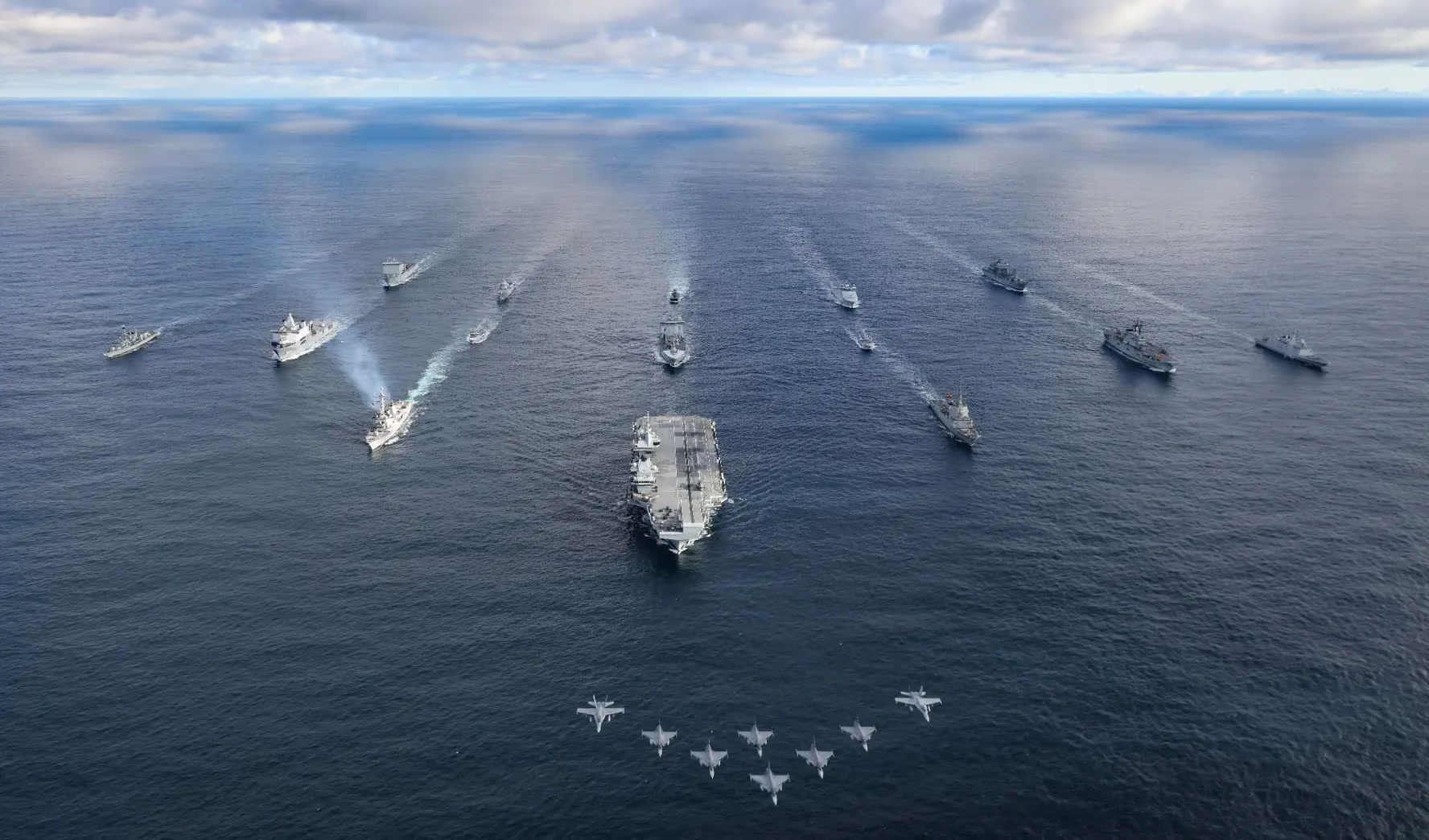
Aircraft carrier HMS Prince of Wales leads a formation of fifteen ships from the UK strike group and NATO amphibious task force during the Nordic Response 24 exercise in the Norwegian Sea. March 11, 2024.
But that balance is beginning to shift. France, Germany, Poland, and other countries are increasing their defence budgets. EU initiatives are deepening defence cooperation. NATO’s internal planning is pushing allies to close critical capability gaps. Gradually, a more capable European pillar of the alliance is taking shape. What Europe needs now is to send a clear message—both to adversaries and to partners: it is not only spending more, but is also ready to lead.
Appointing a European as SACEUR would be just such a message. It would reflect the progress already made—and accelerate further change. It would strengthen Europe’s role in its own defence, not by weakening U.S. involvement, but by making it more sustainable and strategically coherent.
Ultimately, the issue is not just about capability—it is about trust. Do Americans trust Europeans to lead the alliance? Is Europe ready to trust itself with that responsibility—and can its member states agree on who should take command? If the answer to these questions is no, then NATO’s future is at risk. For if Europe cannot even assume command, how can it claim leadership?
But if the alliance evolves into a partnership of equals, it will emerge stronger, more unified, and more resilient in the face of future threats. And that process must begin now.
A World Order Without Order
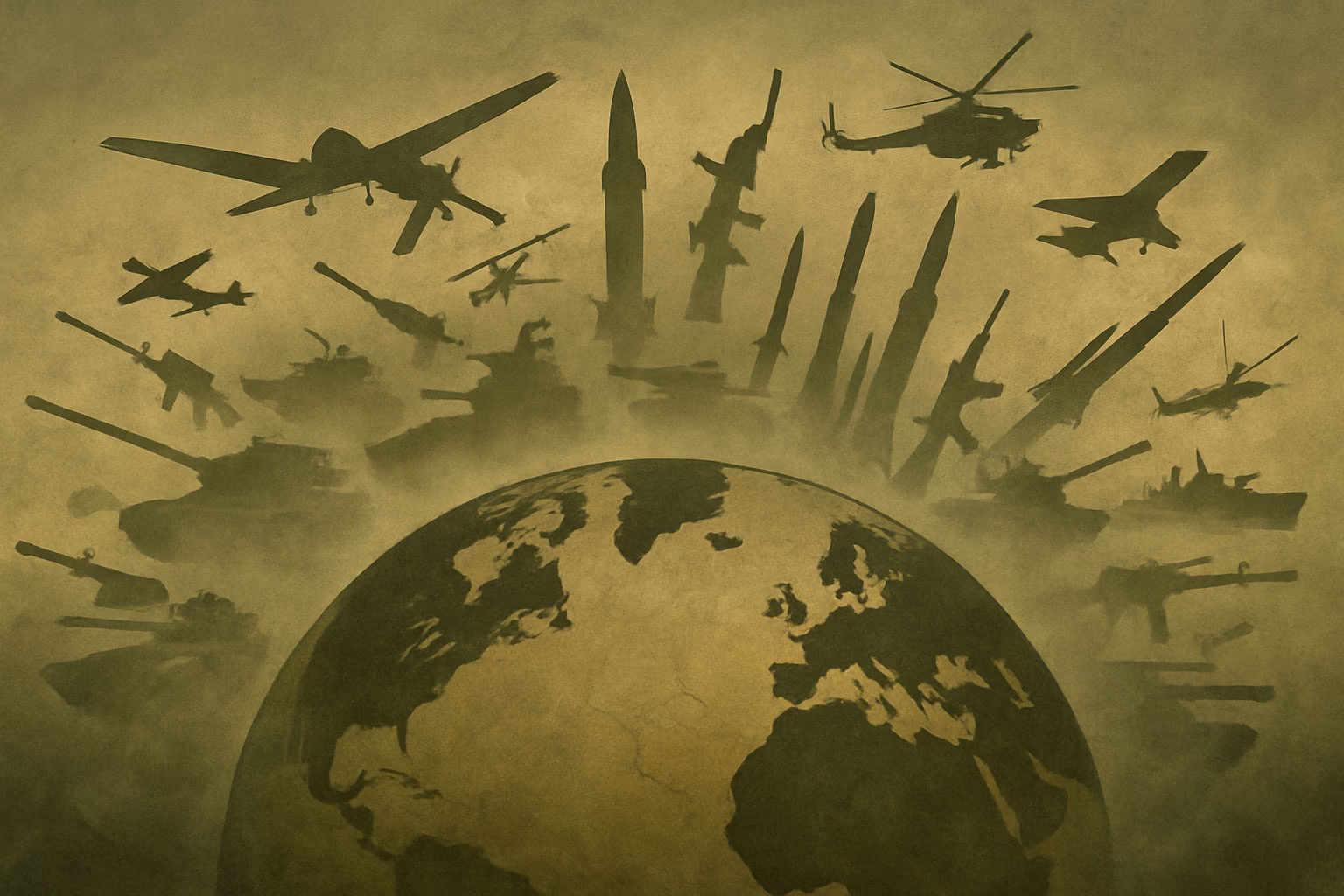
2024 Saw the Most Interstate Conflicts Since 1946
UCDP Study Reports a Rise in Wars and a Sharp Increase in Civilian Deaths

Preparing for the Next War Instead of Preventing the Last
SIPRI Report Shows Rising Military Spending, Nuclear Flexibility, and the End of Deterrence

Trump Sets in Motion a Reassessment of Global Agreements
Allies Adjust Trade and Defense Policies to Fit the Priorities of the New U.S. Administration

